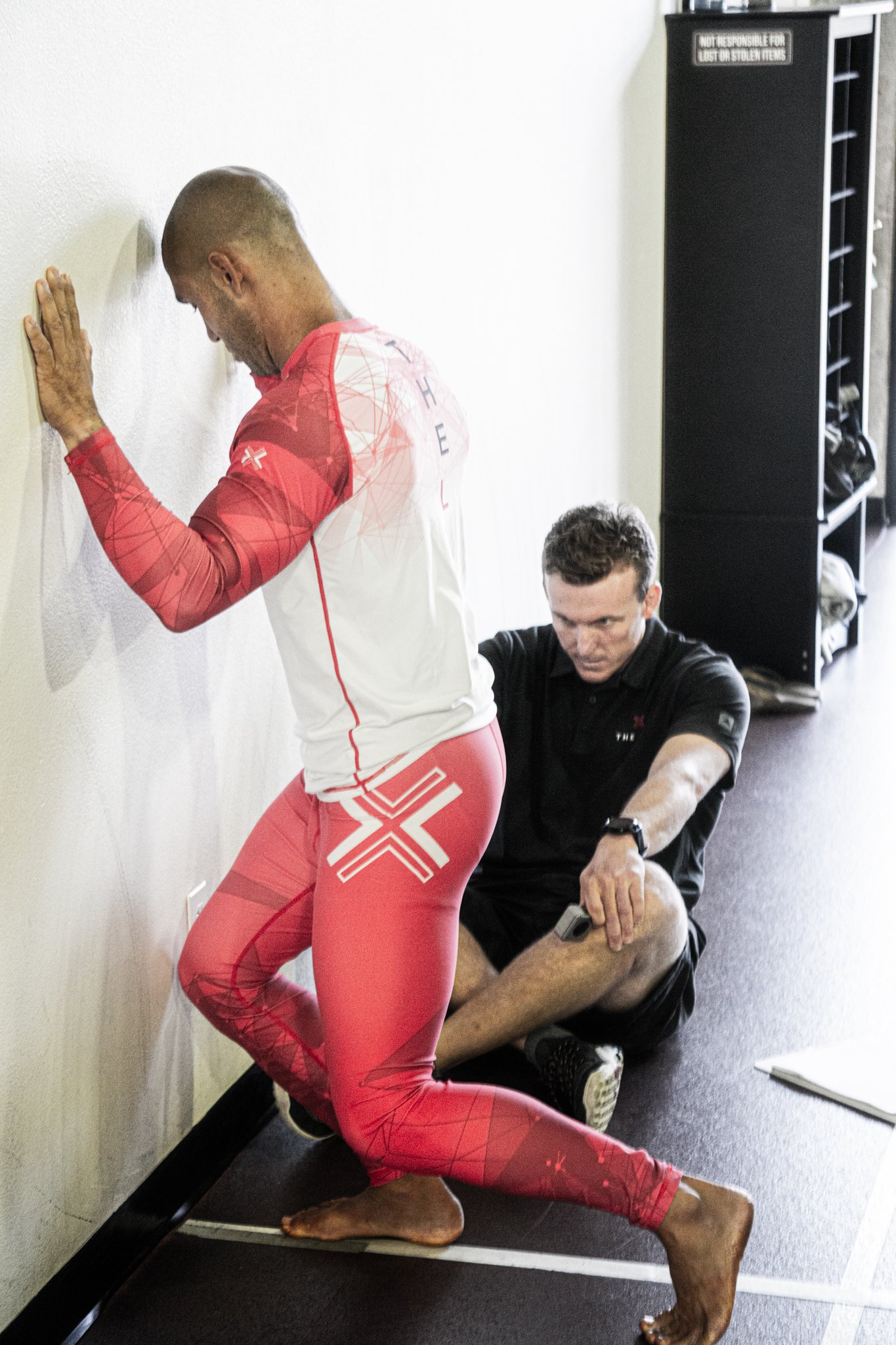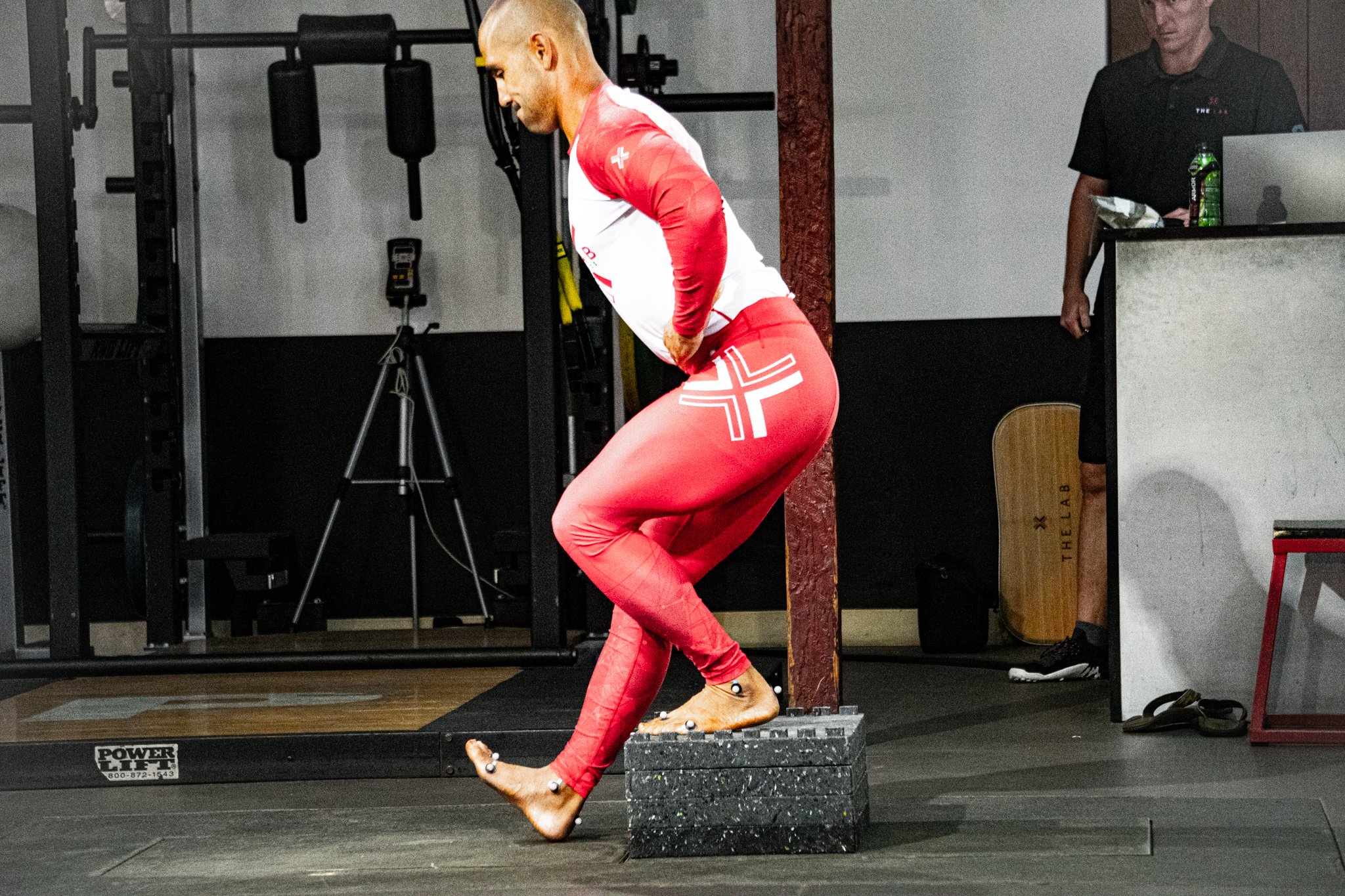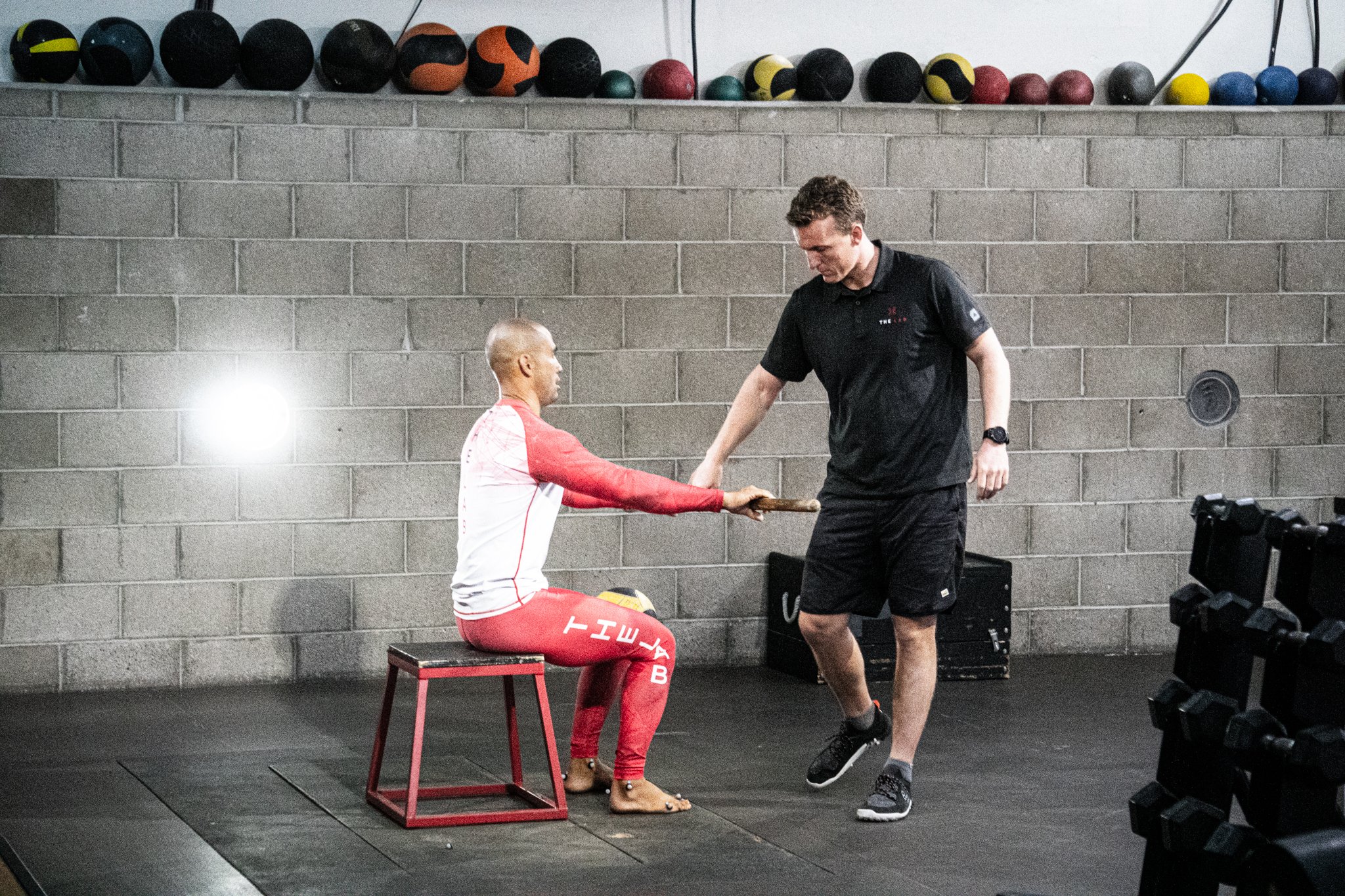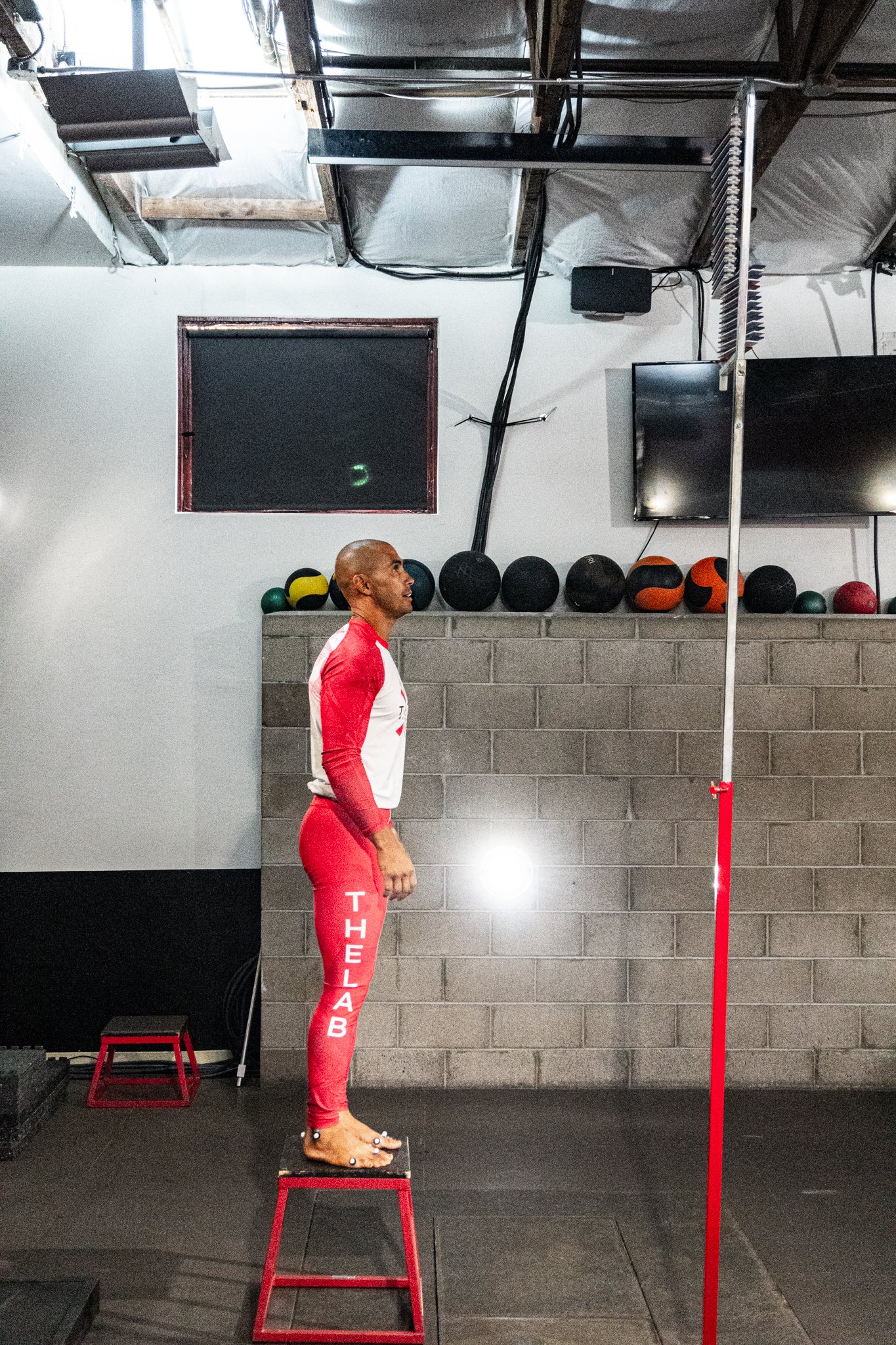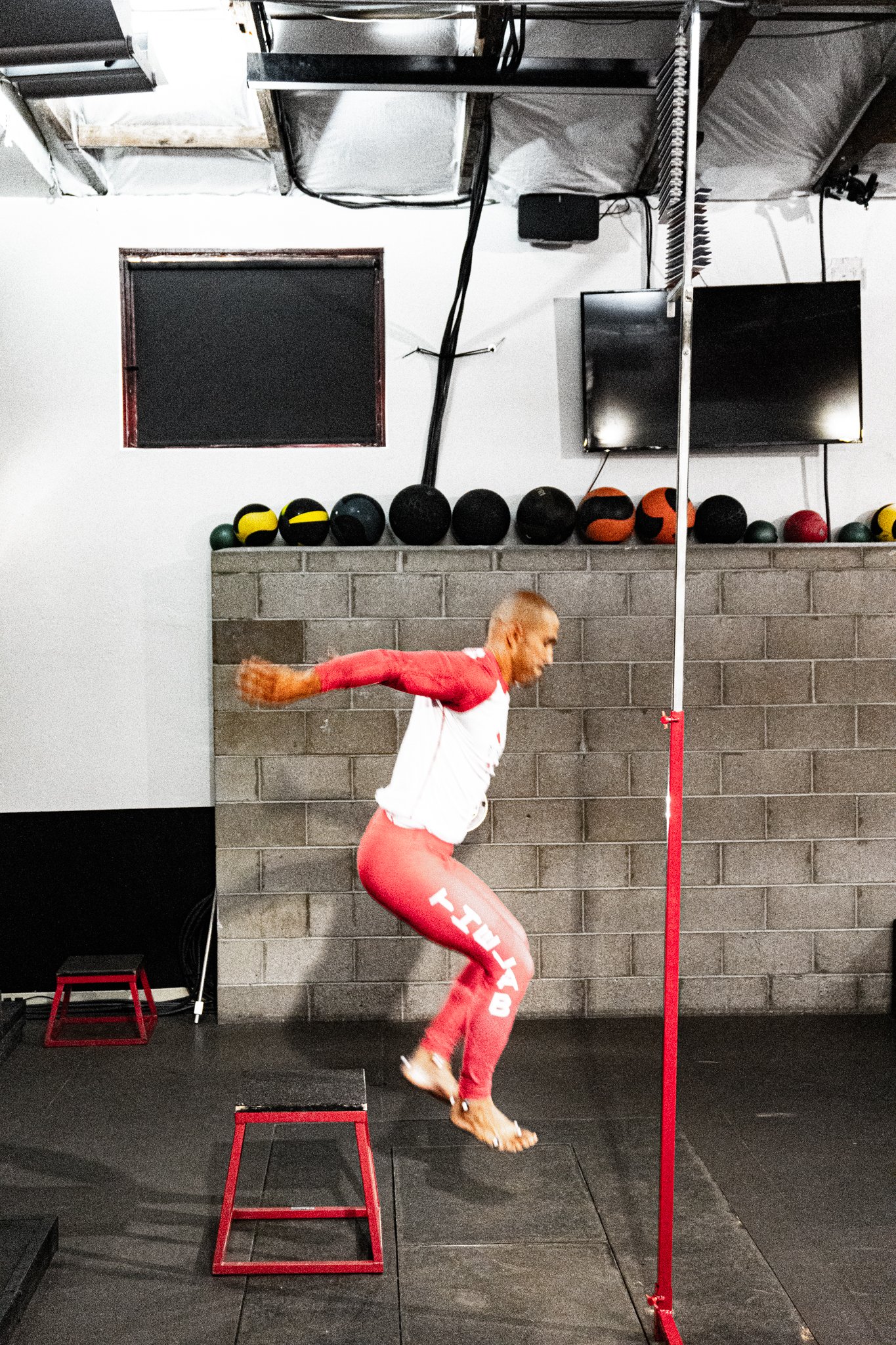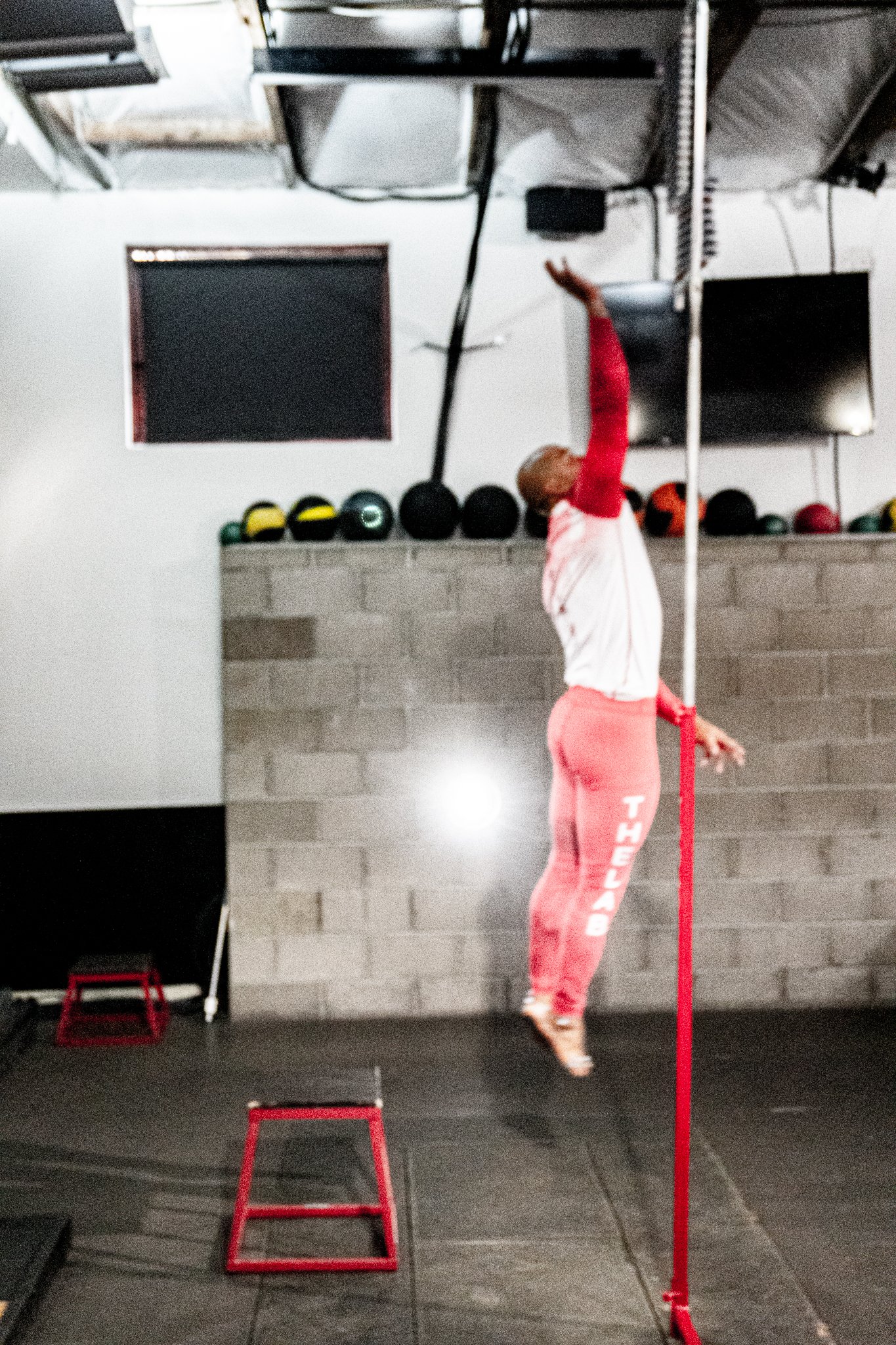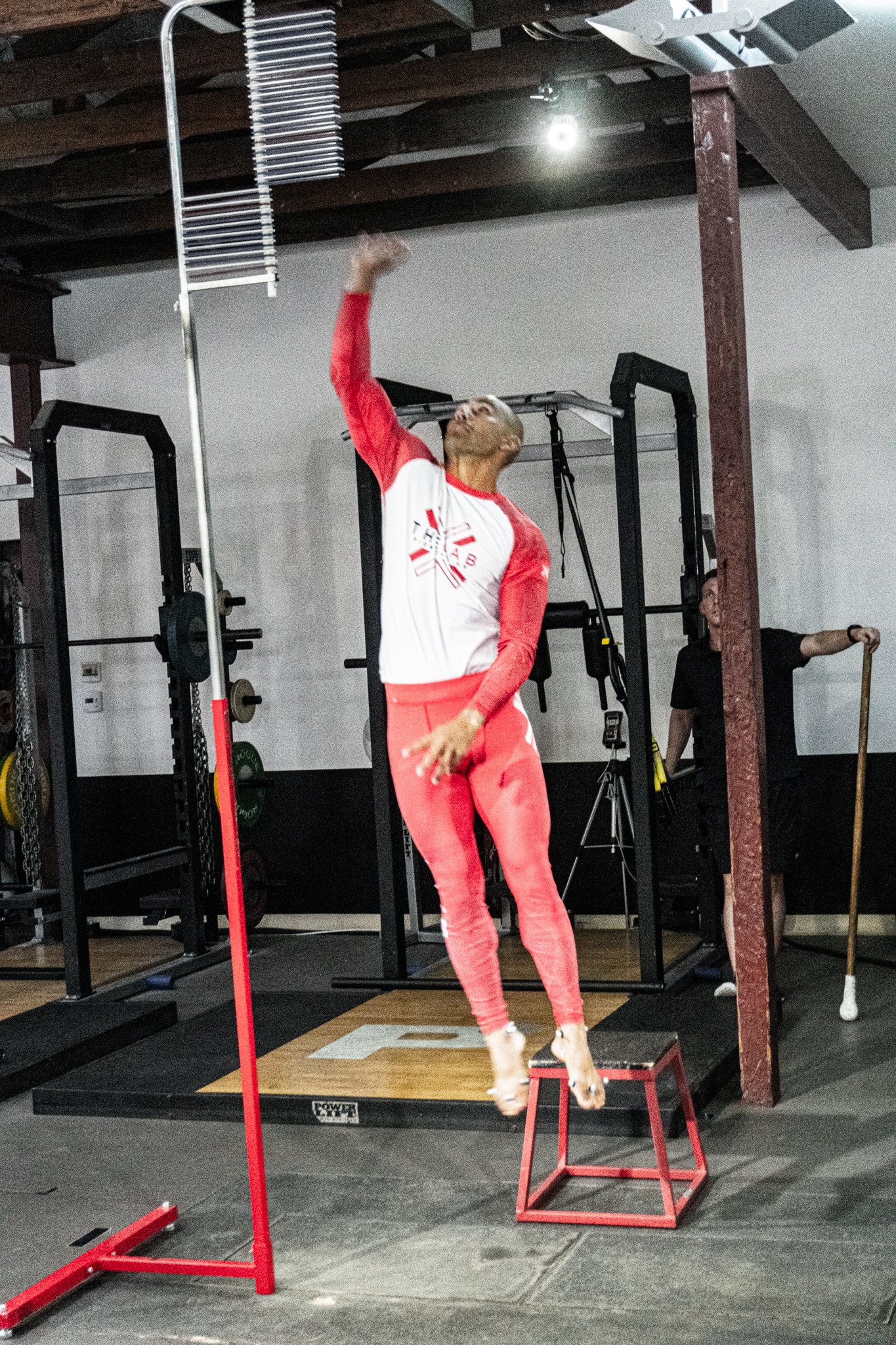Assessments: The Most Reliable Way To Create an Exercise Program for Performance, Rehab, and Longevity
By Alex Ash
Because all our members begin their LAB journey getting fitness assessments, choosing to write about those assessments for our very first LAB blog post seems like a natural choice for me. Begin at the beginning. In the following paragraphs, I’ll highlight some of the common fitness assessments used by various practitioners, discuss some of their strengths and limitations, and explain why at THE LAB we utilize a multidisciplinary approach to assessments, including force plates and motion capture for providing a 3D picture of how your body moves; physical therapy assessments; as well as body composition scans, VO2 Max, and blood lactate tests.
But before I begin a word about our new blog posts. Our members are a dedicated group of hard-working professionals, and this post, and the ones that will follow, have them - you, dear members - in mind. But the posts will offer something for anyone looking for insights into training, physical therapy, recovery, nutrition, and anything health related. Written by our experienced, best-in-class trainers and staff, I hope my thoughts and those of my colleagues in these posts will help you no matter what your health goals might be.
Assessment types
Various trainers will use different assessments based on their experience, education, and access. While any assessment is almost always better than no assessment, each of the categories listed below have different strengths and weaknesses to look out for. I’ll begin with the subjective.
The Subjective
Subjective assessments are purely observational, based on a trainer’s personal judgment, and are less systematic than those used in objective (science-based) tests. They typically include a trainer observing a client performing a series of movements such as a double-leg squat, single-leg squat, a balance test, and probably a visual gait analysis. The trainer looks for weaknesses, imbalances, poor movement patterns, and an experienced trainer will find them. However, the downside of relying solely on the subjective approach is that there are no objective measures - the test is done only with the trainer’s eye - which means opinion will be the main driver, bias a possible deviator. And of course, subjective assessments are only as good as the practitioner conducting them. That said, subjective assessments can be used effectively by experienced trainers to help build an effective training program.
The Pseudo-Objective
The most familiar example of pseudo-objective assessment is the “Functional Movement Screen” or FMS. While this approach uses a scoring system by evaluating seven standard movement patterns, it is not intended to predict injuries or monitor progress (as our assessments do), and like the subjective assessments is purely observational and interpreted by whomever conducts the test. As with the subjective assessments, a good, experienced practitioner can effectively use FMS to evaluate his client, but consistency and objectivity remain issues.
Physical Therapy Special Tests
Physical therapy special tests are another kind of assessment that can be insightful, especially when combined to provide insight into the mechanics of how the body responds to injury and physical stressors of life. PT tests can also be used in isolating which structures may be tight or weak. This form of evaluation can provide unique insight into what to focus on during strength training, movement re-education, as well as determining targets for manual therapy. While inexpensive to perform, few training spaces partner with physical therapists and do not employ systems to maximize communication between physical therapists and trainers as we do at THE LAB. As mentioned, the skill of the physical therapist also makes a big difference in how reliable the insights gathered from these special tests are.
3D Biomechanical Models and Force Plates
Biomechanical assessments have been a part of THE LAB’s DNA since the first day we opened our doors. Born out of our partnership with P3, these assessments generate objective data that provide valuable insights about our members - their movement patterns, for instance - that have, over the course of our time helping people get healthier, proven a game changer. By that I mean put our members ahead of the performance and longevity game.
And knowing how they move is key: Movement patterns can reveal the body’s imbalances and weaknesses - a left hip locked and immobile, a glute not firing like the other - that might one day, if not addressed, result in injury or might already be a contributing factor to your chronic pain. Because of our commitment to assessing (and re-assessing) our members, our performance specialists and physical therapists can provide more in-depth care in our facility than many professional athletes receive in theirs. P3’s pro athlete training program is where ours began. We utilize the 3D motion-capture software in conjunction with force plates, as their pro athletes do, and it is by far the best method for measuring dynamic athletic movements - movements that most closely mimic real life. Make it stand out.
No other testing modality combines the ability to measure dynamic movement with this level of objectivity and data points. The biggest reason why few facilities offer 3D motion capture and force plate assessments is that it takes highly skilled professionals to perform and interpret the results.
Body Composition Scans & VO2Max and Blood Lactate Testing
As some of our members already know, we utilize many of the above-mentioned assessment strategies in conjunction with each other. Alongside them, we also use body composition scans, V02 max, and blood lactate assessments. All three of these assessments use objective science to establish baseline and track progress. Our InBody composition scanner tells us what you’re made of, breaking down your water, muscle and fat percentages. The VO2 max test measures the amount of oxygen during hard cardio exercise your body is capable of taking in and utilizing, thus marking your target zones for precise cardio training. And blood lactate threshold testing tells us the highest intensity you can sustain during exercise before high levels of blood lactate hinder your performance.
Conclusion
I believe a multidisciplinary approach to fitness, health, and longevity is the way of the future. Many professional sports organizations are now catching up and investing in the same technology we’ve been using since Day One. As the technology scales bigger and continues to advance (which is happening at an amazing speed, especially with AI) there’s no doubt this assessment style will be the way of the future. I already see a lot of facilities popping up in different markets that have models similar to ours. While few others utilize force plates and 3D motion capture, I’m certain this will change with advancing technology.
Lastly, one of our ongoing goals is to help our members understand the insights derived from our assessments and how we directly apply them to their training programs. Real life stuff. The more engaged you are in understanding your training, the more intentional and consistent you’ll be, and the better outcomes you’ll have. If you’re a member and have questions about your assessments, please ask me or any of our performance specialists. If you’re not a member and are interested in getting assessed, reach out to us, or find a facility near you that has the same resources to take the first step in truly optimizing your physical performance.
Alex Ash is CEO of THE LAB. He has worked at P3 since 2009 and has been at THE LAB since its inception in 2014. Besides his work at THE LAB, and training many of P3’s pro and amateur athletes, Alex was Head Strength Coach for the 2012 US Men’s Olympic Water Polo team and coached several players in China’s pro basketball league (CBA) and the Chinese National Team. In his off time he’s an avid adventurer and martial artist - that is when he’s not spending time with his wife and daughter. Contact Alex at alex@thelabsb.com


